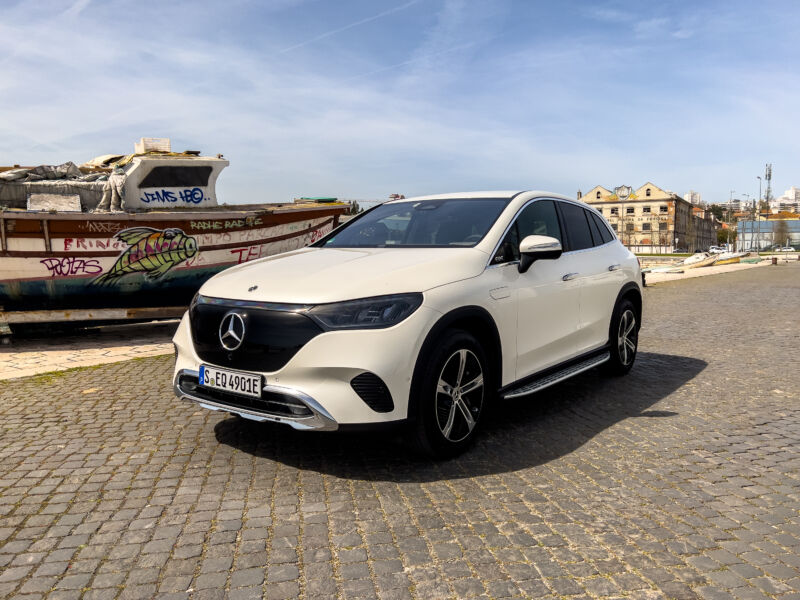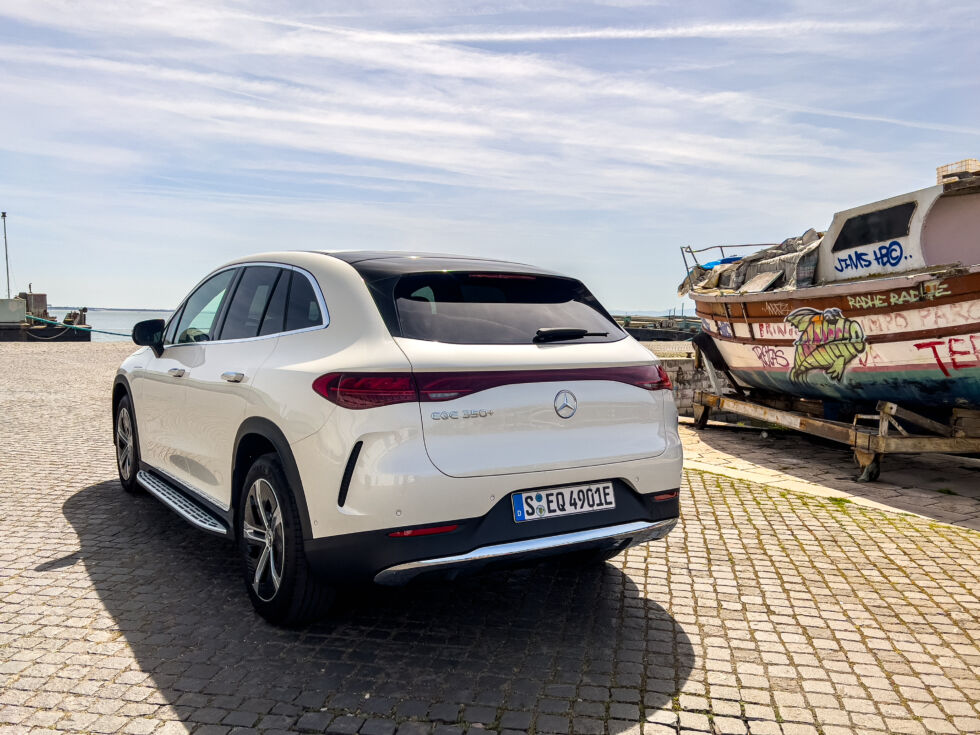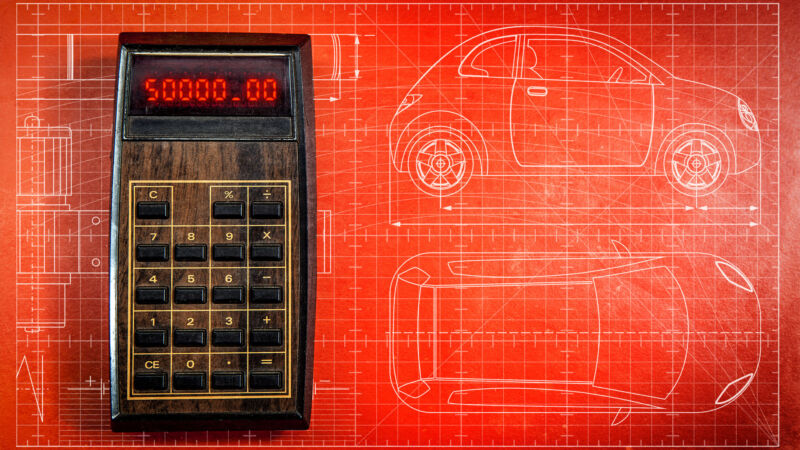-
 chevron_right
chevron_right
Competence wins over excitement with the 2023 Mercedes-Benz EQE SUV
news.movim.eu / ArsTechnica · Tuesday, 4 April, 2023 - 22:01 · 1 minute

Enlarge / And then there were four: after debuting the EQS sedan and SUV and then the EQE sedan, it's now time for the EQE SUV. (credit: Jonathan Gitlin)
Mercedes-Benz provided flights from DC to Lisbon and back, plus three nights in hotels so we could drive the EQE SUV. Ars does not accept paid editorial content.LISBON, PORTUGAL—On the whole, Americans love SUVs. And Mercedes-Benz loves selling cars to Americans. So we weren't at all surprised when it first revealed an SUV version of the EQE sedan, nor when we learned the EQE SUV would be built in Tuscaloosa, Alabama.
That's now underway, with cars arriving in dealers any week now. After spending a couple of days driving different models in the EQE SUV range, it's clear that Mercedes' engineers have been listening to and incorporating feedback as their ideas meet real-world driving conditions. The result is a competent electric SUV, if not one that necessarily gets the heart racing or demands you drive the long way home.

The EQE SUV might not be the most exciting EV in Mercedes' lineup, but it's probably the most significant. (credit: Jonathan Gitlin)
The EQE SUV is the fourth new Mercedes EV to use the company's EVA2 platform after the EQS sedan and SUV , and the EQE sedan . That much should be obvious when you see one—all feature ultra-streamlined designs that can resemble the "speed shapes" that some car showrooms use to show off different paint colors. That wasn't the design brief, though—making it as slippery as possible was. And the designers succeeded, with a drag coefficient of 0.25. In a contest of elegance, I'm not sure the SUV would triumph over the sedan, but then I'm not sure it's supposed to.



